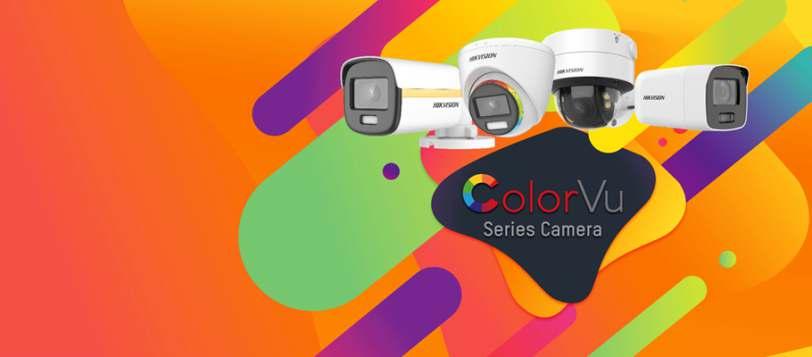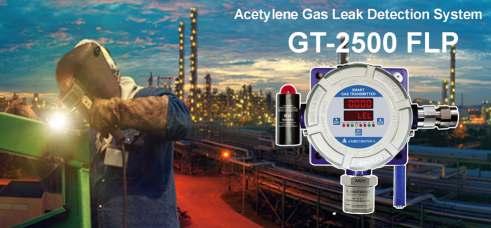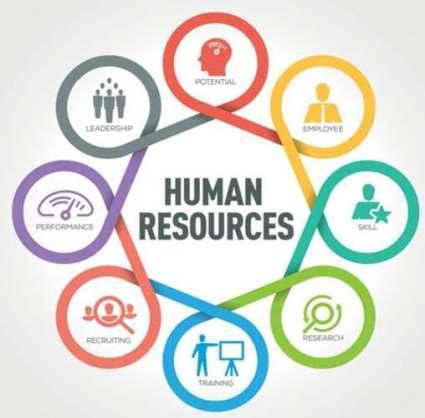
5 minute read
What a Strong Safety Program Means to Pharma Industry ?
Most workers recognize some of the obvious dangers of pharma work - moving parts on machines, spills on the floor, or drug handling procedures. But how many of your employees are truly aware of the potential pharma hazards that aren't as recognizable?
Sure, you could host annual training sessions, hang posters in your breakroom featuring safety reminders, or invest in a hazard reporting system. Yet none of these efforts are nearly as impactful as instilling a robust safety culture in your pharma organization.
Advertisement
Look at any successful pharma company and you'll see that a safety culture is at the forefront of their entire operation. It's your company's first and last defense against loss and injury. It's also your best effort to ensure your workers are following through on company safety policies and practices. As a result, you're better positioned to build trust with your audience as a reputable manufacturer.
Take a look at how building a strong safety culture is crucial to pharma companies.
Process Safety
Every pharma manufacturing facility has specific processes for their workers to follow. Some of these processes are put in place for the benefit of employee safety, while others may be to ensure a high-quality drug that ensures the safety of the end user.
When building a safety culture involving process safety, it's important for your employees to recognize both ends of the safety spectrum. Not only do their actions affect their own health and safety while at work, they could also impact the end user's ability to reap the benefits of the medication.
Occupational Safety
Your workers are exposed to a myriad of health-impacting elements every day. Depending on the products you use or make in your facility, you could be exposing your employees to things that not only create immediate injuries, but also future health issues. OSHA has identified exposure to hazardous drugs as contributing to an increase in worker health concerns.
It's not just enough to warn your workers about toxic fumes, dangerous chemicals, or other harmful substances. They have a right to know the potential consequences of mishandling these dangers, as well as how they can continually safeguard themselves against any illicit effects from these substances.
In addition, your safety culture should include organizational consequences for those who do not follow occupational safety procedures. Doing so not only protects your workers, but also the best interest of your company.
Plant Safety
Between the higher priority safety practices concerning process and occupational hazards, general plant safety often falls to the wayside. A strong safety culture is your best defense here.
Plant safety refers to the things that all workers, regardless of department, may come into contact with every day. Spills, maintenance,
Using central platforms like EHS software can help you monitor all aspects of your plant safety program, ensuring that employees have a single outlet to report incidents and observations.
As a result, no detail will unnoticed on a cluttered desk or non-integrated system, giving you all-around versatility and functionality in your safety monitoring.
Transportation Safety
Pharma safety within your organization isn't limited to the confines of your manufacturing facility. Keeping your manufactured medications and other products safe when they leave the factory is just as important. If not properly sealed or stored at the correct temperature, you're putting your end users at risk.
The drivers transporting these medications should always be aware of what they're transporting and how to handle their cargo in the event of a wreck or other transportation emergency. If you have EHS software, your drivers can access important information via mobile to ensure they're following safe handling and transportation procedures.
Drug Safety
As mentioned earlier, the actions of every employee can ultimately impact the quality of the drugs you 're producing. Ongoing training and development are key to guarantee your workers are vigilant during the production and packaging phases. Otherwise, you risk contamination that can have adverse effects on your end user.
Conculsion
Keep in mind that a safety culture isn't a one-time event. It takes ongoing participation from every employee on every level of the company, starting at the top. When you have others who lead by example, the rest are better positioned to follow suit.
Cont. from Pg. 63
Larger hotels may benefit from deploying an intelligent asset management system. These systems are best suited for managing expensive equipment that needs consistent and reliable transaction logging, such as mobile devices for service staff.
Guest Asset Security If you have safes in guest rooms, confirm that all work properly. This checklist item can be easily delegated to housekeeping staff as they turn over rooms.
Also, consider whether asset lockers might be useful for securing guest assets if your venue has a need for guests to deposit items at centrally managed locations, such as behind reception desks or at pools. Some locker systems offer electronics charging for better customer service.
High-Security Safes Safes are a reliable choice for securing high-value assets that do not need to be signed in and out regularly. As part of your security review, confirm that your safes are functioning properly, physically secured, and out of the view of guests. Also, check whether the keys or access codes for your safes are properly tored.
Cash Handling Procedures Cash collections from your front deck, restaurant, and other locations should happen on a varied schedule that is hard for thieves to track. Is your collection schedule too predictable? Confirm that cash counting is performed in a locked space away from guests. If you use a private cash management agency for transportation, make sure their license is up to date for the current year.
Better Security Creates a Better Guest Experience Maintaining good security while scaling up your hotel's operations can be challenging, but it is doable. Many hotels have found success in applying new intelligent security technology and policies to long-standing problems. Using our hotel safety and security checklist is a good way to identify what is working for you now and which problems might need new solutions to support your growth.





